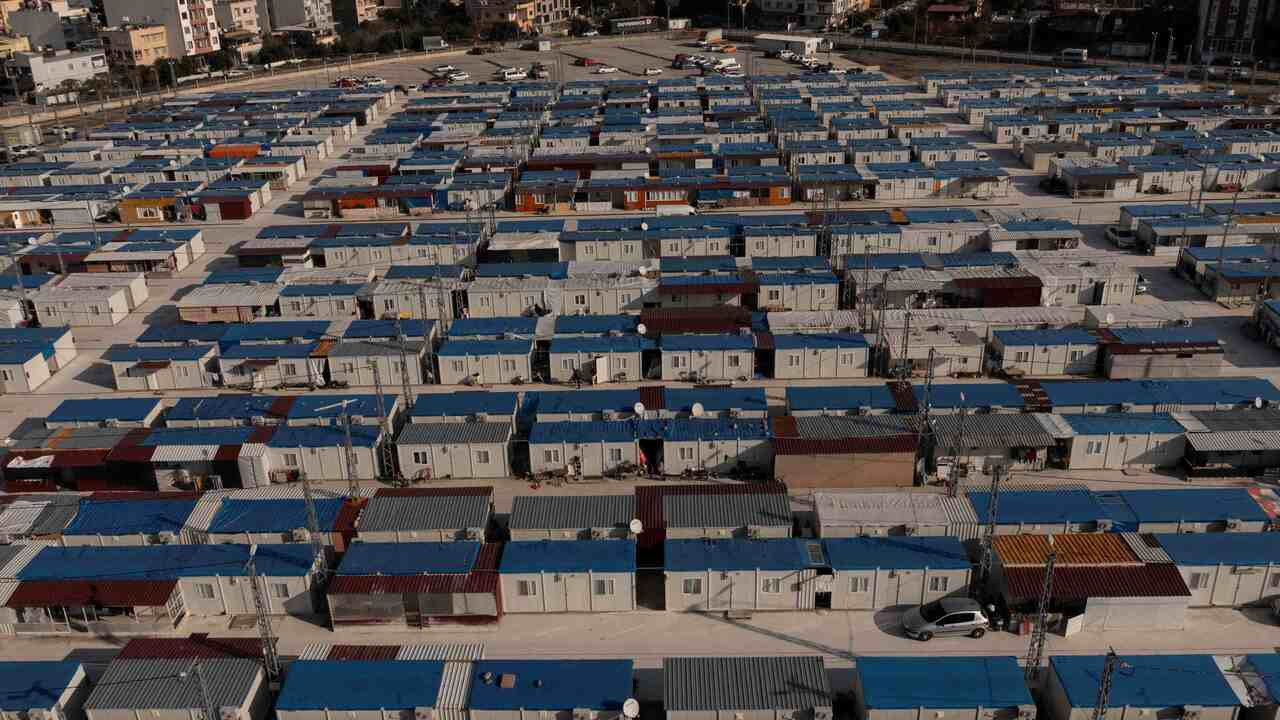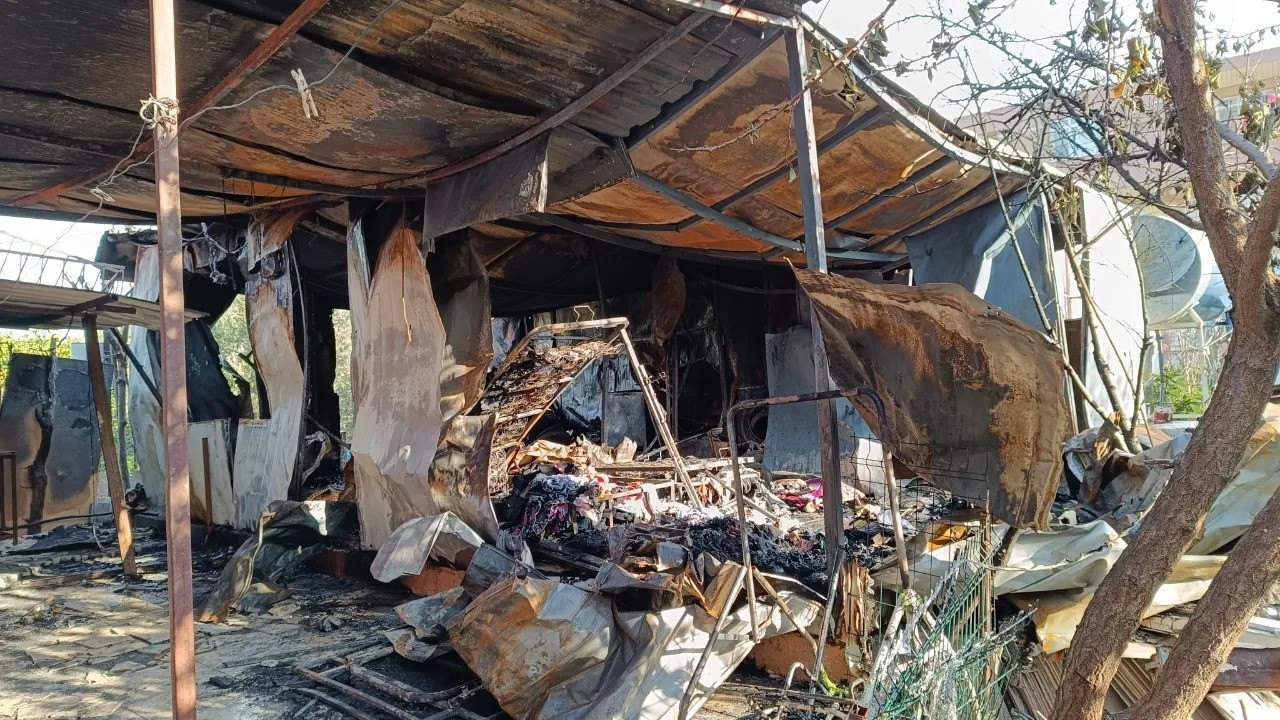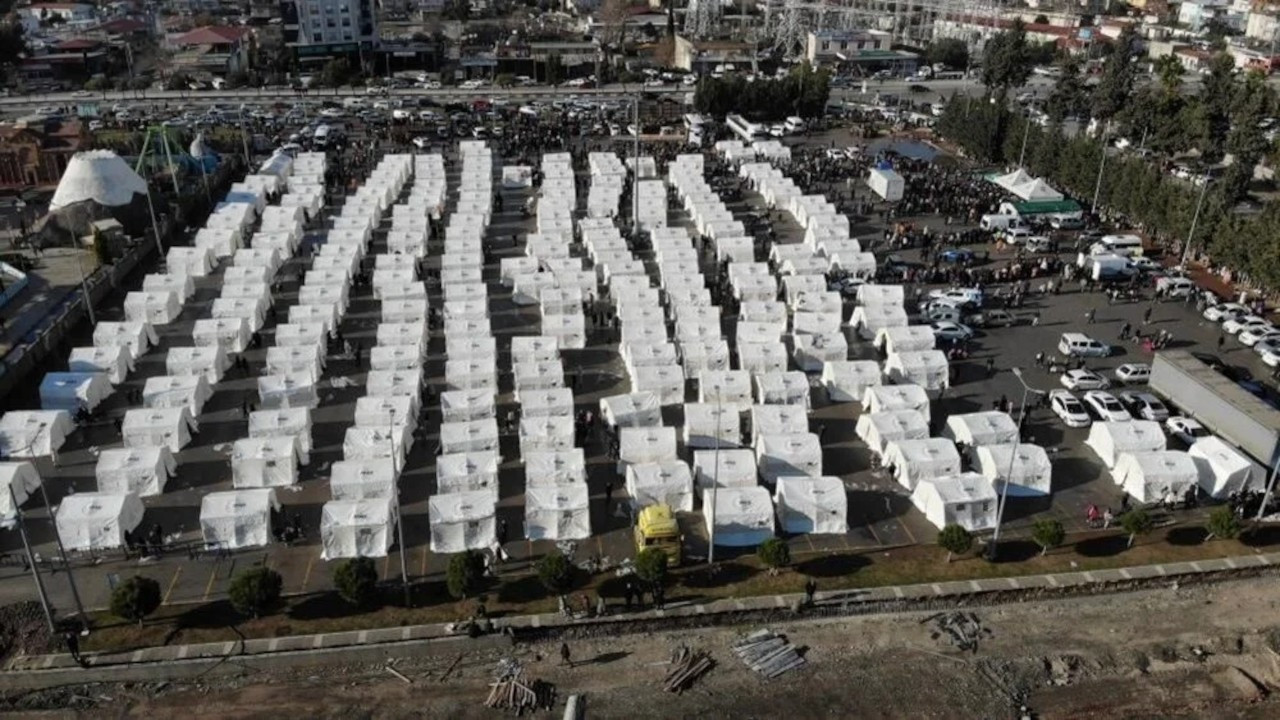Association emphasizes neglect in Hatay container town as Syrian child drowns in well
Turkey’s Human Rights Association (İHD) has drawn attention to neglect in a container town built in Hatay for the refugee survivors of the Feb. 6 earthquakes after a nine-year-old Syrian child drowned in a rainwater well at the premises.
Burcu Özkaya Günaydın / Gazete Duvar
Turkey's Human Rights Association (İHD) on March 1 published its report on nine-year-old R.T.’s death at the container town for refugees in the quake-torn Hatay province. The report found that the accident was a result of a series of neglect in the container town.
Syrian refugee R.T. on Feb. 24 drowned in a rainwater well that was dug up by construction machines in the Hilalkent 2 container town built for the refugee survivors of the Feb. 6 earthquakes that destroyed the province. There are 2,700 container living units at the settlement, 80 percent of which are occupied.
The İHD report suggested that refugees were settled in the town in December despite incomplete infrastructure and environmental planning. Dust and mud covered the roads at the camp, and the ground had sunk in multiple locations, noted the report.
The report stated that the Syrian refugees' container town was in poorer condition than other container towns in the province. Many of the containers were ten square meters at the camp, smaller than the standard 21 square meter containers. Most units seemed to be hastily built.
İHD representatives confirmed through interviews with other residents of Hilalkent 2 that R.F. died in a meter-deep pit that was filled with rainwater.
Several officials of the container town were detained in connection with the probe into the child’s death. They were released with judicial control measures after questioning.
The İHD investigation found the well to be within the borders of the container town, although the official investigation has yet to announce whether the water pit could be considered “inside” the container town.
The report further noted that the prefabricated school in the town, which was financed by UNESCO, was still having problems in terms of infrastructure, teachers, and translators. Playgrounds at the school were lacking and unsanitary, reported the İHD.
As long as the living conditions at Hilalkent 2 were reorganized to respond to residents’ needs, further risks to life and other disasters were inevitable, according to the İHD report.
“We invite foremost the Hatay Governor’s Office to redesign the living conditions at Hilalkent and all container towns that house Syrian refugees in line with European standards,” demanded the association, and promised to monitor all rights violations in the container towns.
More than 215,000 people live in container homes in Hatay province, which was hit the hardest during the 7.7 and 7.6-magnitude earthquakes of Feb. 6.
According to the Turkish Immigration Authority, the affected 11 provinces in southeastern Turkey were home to over 1.7 million refugees before the earthquake.
All survivors face numerous challenges as conditions have not improved after more than a year has passed since the disaster. The province’s refugee population is in an even more vulnerable state, as they received less and later help from government agencies after the quakes.
(English version by Ayşenaz Toptaş)


 Turkey's earthquake survivors grapple with rebuilding lives one year afterDomestic
Turkey's earthquake survivors grapple with rebuilding lives one year afterDomestic Two children from Turkey's quake-torn Hatay die in container home electrical fire Domestic
Two children from Turkey's quake-torn Hatay die in container home electrical fire Domestic Over 2 million quake-victims live in tents in Turkey, AFAD head announcesDomestic
Over 2 million quake-victims live in tents in Turkey, AFAD head announcesDomestic